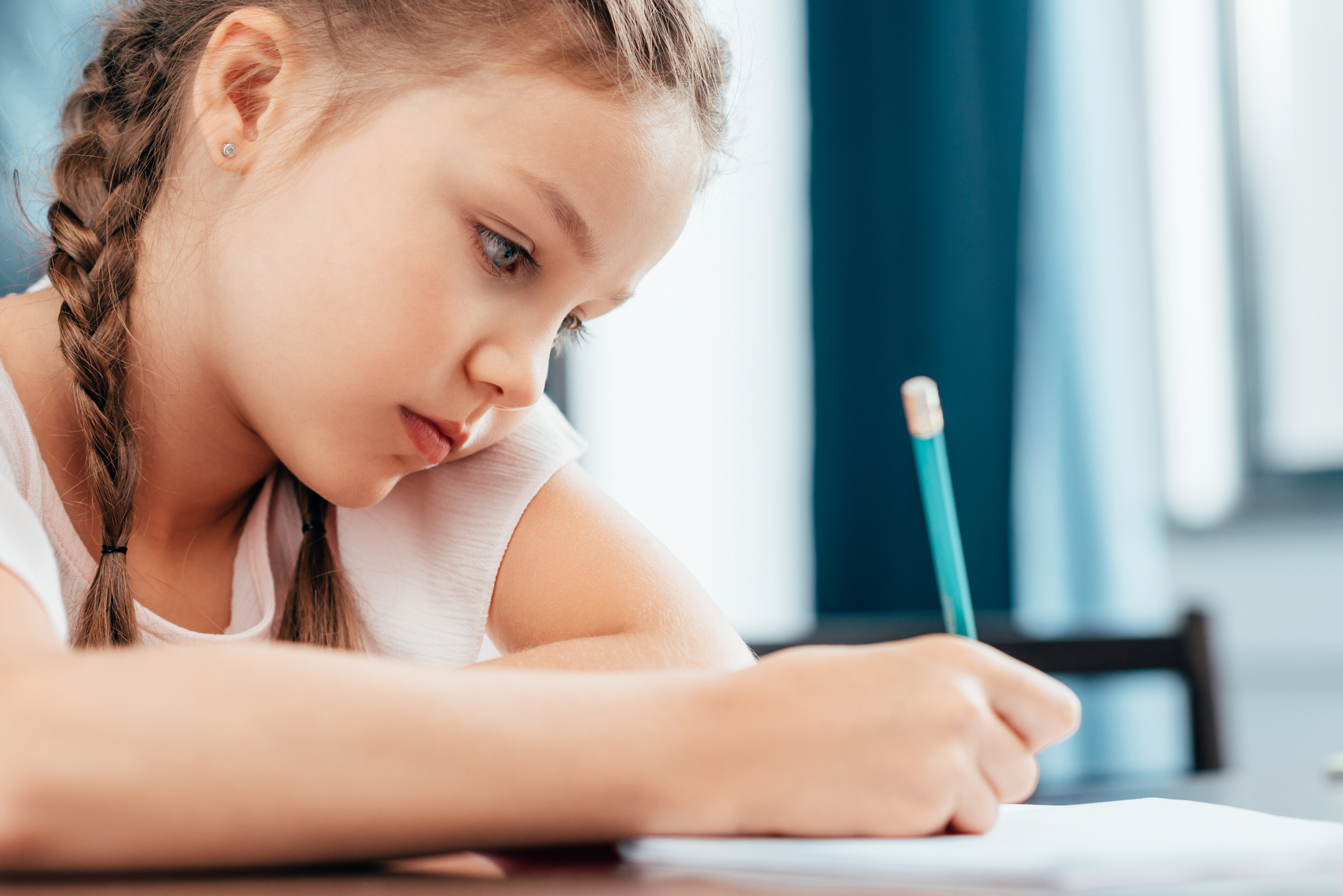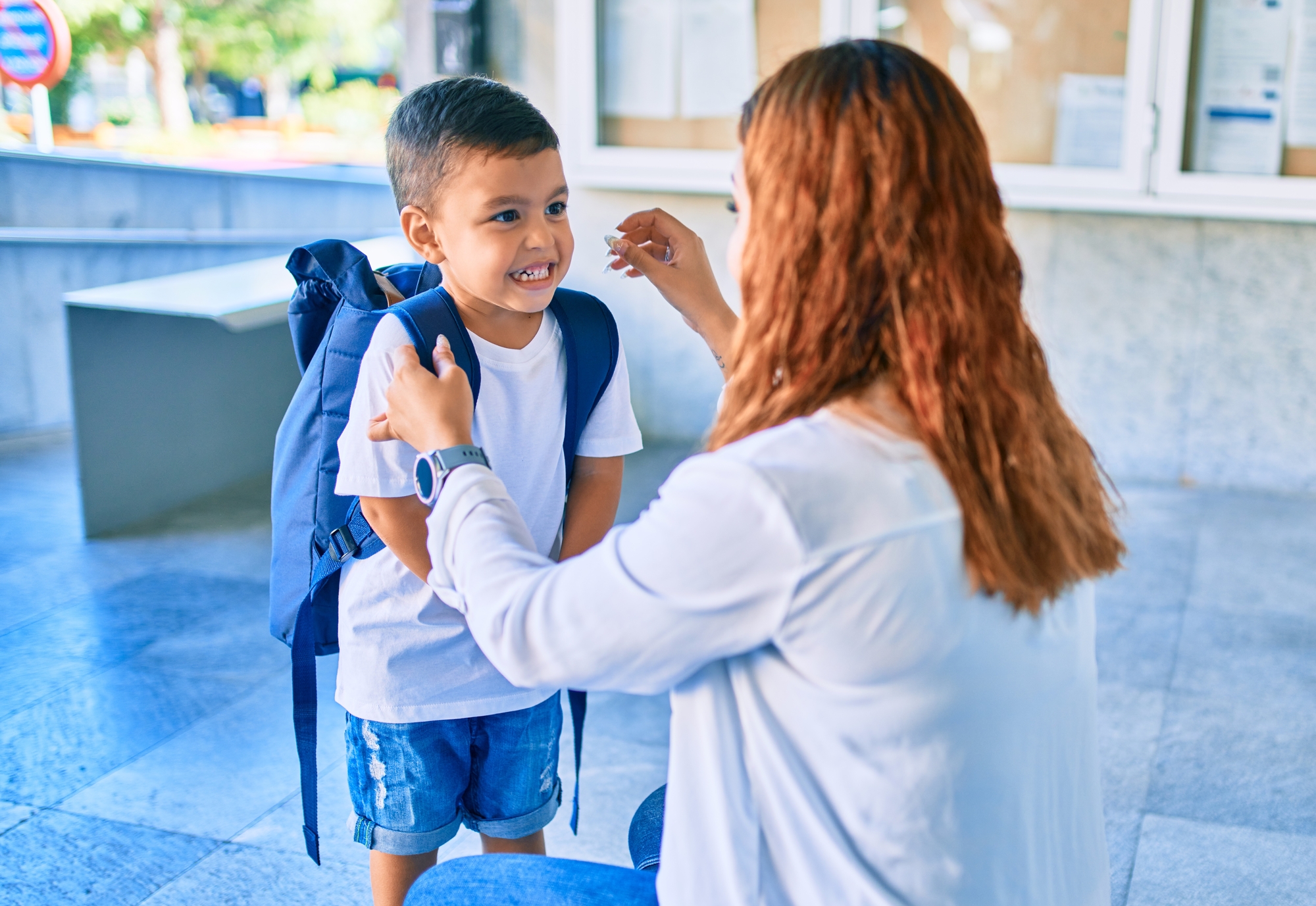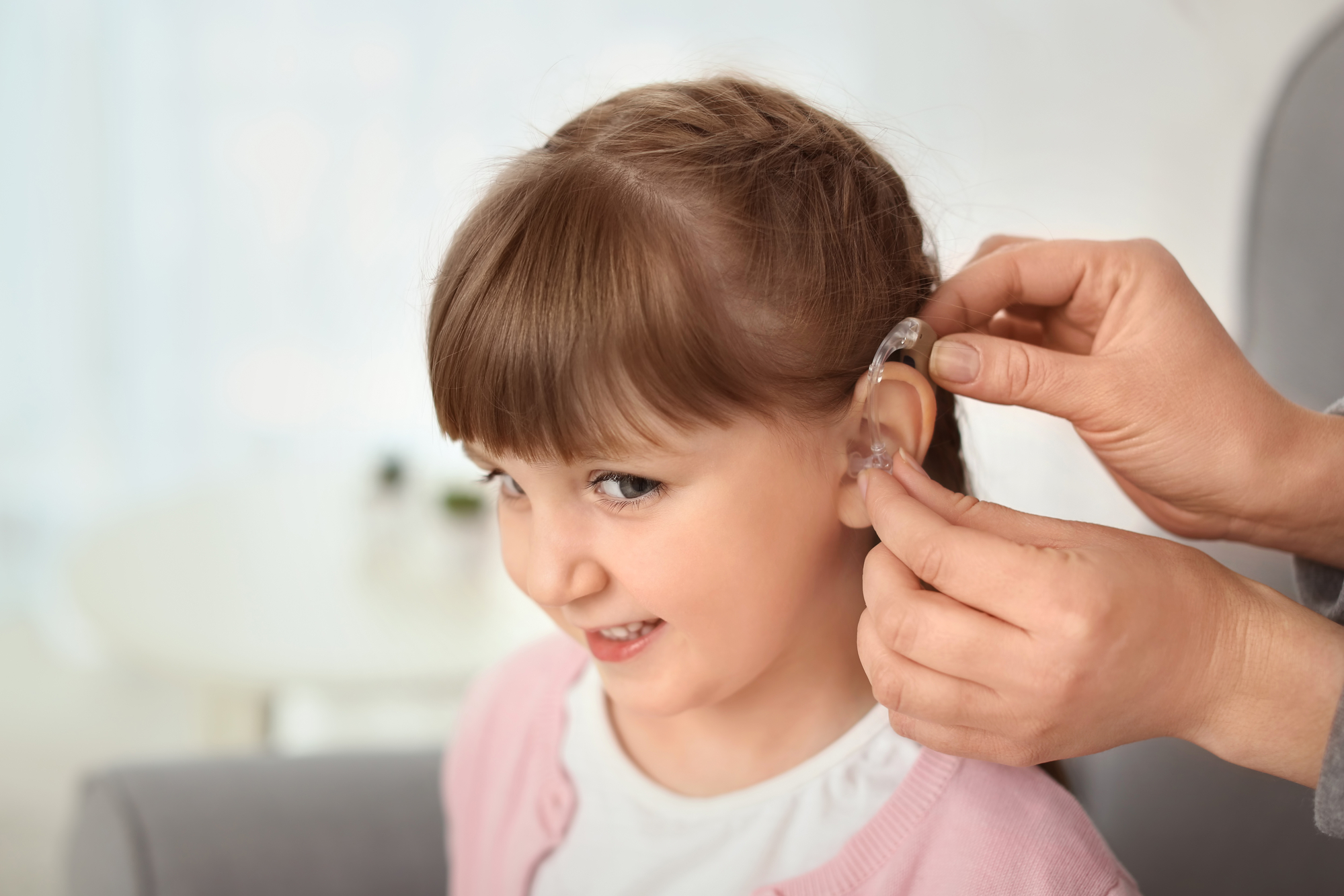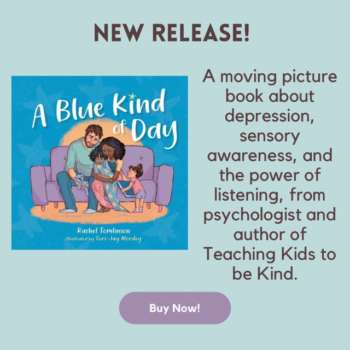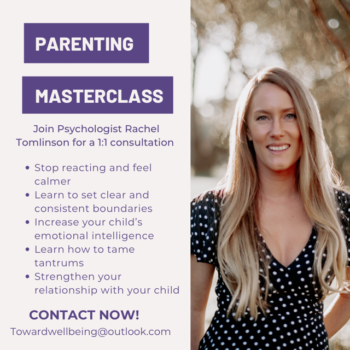Does your child start crying or throw a tantrum when you need to leave them? This can be absolutely heart wrenching and distressing for both of you. It’s important to know that separation anxiety (distress at the point of separating from a key attachment figure) is quite normal, but that doesn’t make it any less challenging or upsetting. Generally, the separation appears around the 8-month mark, and peaks between 14-18 months old. Experiences of how intense separation is can vary greatly between children; some may initially become clingy or tearful but will be manage the separation fairly quickly, whilst others are hysterical and inconsolable until their parent or key attachment figure returns. A developmental occurrence called “stranger anxiety” usually appears around 1 year old. This results in children becoming upset when new people are around, it can appear similar to separation anxiety or could be coupled together to make for a really intense reaction from your child when it’s time to leave them.
So why does separation anxiety occur?
Anxiety separation can seem to come out of nowhere and there can be very little warning that your child is going through this developmental change until the first tantrum or tears begin. Generally, separation anxiety occurs when children become more mobile (crawling and walking) and they come to realise that they are a very small person in a great big world. Separation anxiety occurs because our children become cautious or worried about leaving the safety of their parent’s arms (literally and figuratively). There is a lot happening for our kids around this age, in addition to separation anxiety they are developing something called object permanence. This refers to their understanding that when something disappears it continues to exist, despite them being unable to see or hear it. This is why kids love peekaboo –first you are there in front of them and then you disappear, only to reappear again as if by magic.
Anxiety and worries are a normal part of childhood; however, separation anxiety can seem to appear out of the blue and without warning. Children become more mobile around 8 months old and they suddenly realise that the world is a very big place, and they are very little people. Separation anxiety is an essential fear because it ensures our children are cautious about leaving the safety of our side. There is also a stage of development when children discover object permanence which refers to the understanding that objects continue to exist despite not being able to see, hear otherwise sense them. This is why peekaboo is such a fun game for our little ones, they are truly overjoyed at the trick mum and dad can do, hiding behind their hands and completely disappearing…magic! However, until children learn object permanence (that things exist despite them not being visible) they can be truly terrified that when you leave them you may cease to exist, and they also don’t fully understand when or if you will return. When your child learns about object permanence their separation anxiety will start to reduce as they will realise that you haven’t disappeared for good, you are just somewhere else.
So how can you support your child with separating without distress?
- Transition items help – does your child have a safety item or a lovey? Bringing this along to a new place, or when around new people to give them something consistent and safe. It will help them feel calm and settled despite the newness.
- Start slow – if you know the will be starting day care or are being babysat for the first time see if you can slowly transition them into it. Do a drive by, show them pictures, have a quick meet and greet before the first day you leave them. Sometimes this is not possible (so don’t judge yourself or worry), but if you can do this it can definitely help as the new place and people won’t be entirely new.
- Practice leaving them – set them up somewhere safe, and then do things like shutting the door behind you when you need the toiler, letting them know that you need to leave the room for a minute or two. These are really low-key practice attempts at getting them used to the idea of separation.
- Do not sneak away. This just increases your child’s insecurity and fear that you might leave and never come back. Although it might feel easier to dart away while they aren’t looking to avoid the tears and emotions, but in the long term this will just make their anxiety worse.
- Self-efficacy and self-esteem are important even in very young children. Kids who have high self-esteem and believe in themselves (self-efficacy is the perception and belief that they will be able to meet goals/achievements) are more resilience and better able to cope with independence. You can help them increase their self-belief by allowing them to make choices (age and developmentally appropriate of course) – things like; picking their clothes for the day, deciding between two options for dinner or lunch. And encourage them to start taking responsibility for some of their independent living skills, including; trying to brush their teeth (always finish the job for them, and don’t let them walk about with a toothbrush in their mouth), put on their own jumper, feed themselves etc.
- Even with very small children it’s important to build their self-esteem and self-efficacy (belief that they can achieve something) so they have the confidence to cope with increased independence. You can set them tasks or objectives (asking them for help with something you are doing, or independent self-care activities) which are developmentally age appropriate so that they feel a sense of achievement and capability. Or you could support them to make age-appropriate choices, i.e., what dish (give two options) do the want you to cook for dinner? What pair of pants do they want to choose between?
It’s natural to want to want to protect your child, so supporting them to become independent and manage adversity is important. However, this can be a tough developmental stage for parents, so ensure you take care of yourself, be compassionate and remember that it’s not a weakness to seek support if you need help or guidance.
Ehrenreich, J. T; Santucci, L. C.; Weinrer, C. L. (2008). “Separation anxiety disorder in youth: Phenomenology, assessment, and treatment”. Psicologia Conductual. 16 (3): 389–412.
Sophian, C.; Yengo, L. (1985). “Infants’ understanding of visible displacements”. Developmental Psychology. 21 (6): 932–941.



